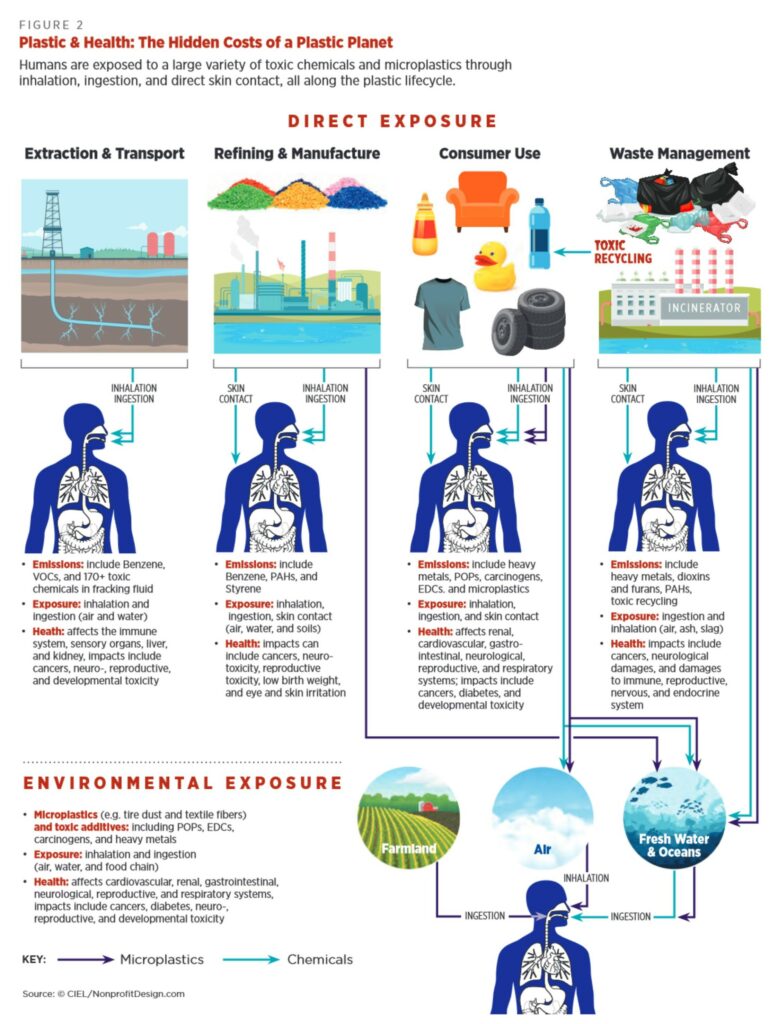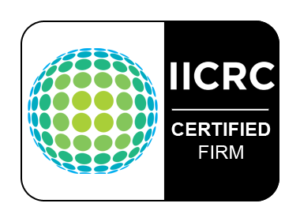Protecting Workers from Microplastics
Protecting Workers from Microplastics
In our continuing effort to inform we have begun to provide a regular reliable source of information to the public of a growing problem…the presence of persistent microplastic fragments in our lives.
This particular post is specific to protecting workers from microplastics exposures during the course of their Work. We have already implemented a number of guidelines here within our company in order to protect our workers during the removal of microplastics in contaminated environments. We urge you and your company to do the same.

Background
It is estimated that across the world more than 450 million tonnes of plastic are created annually, https://en.wikipedia.org/wiki/Microplastics. This non-biodegradable plastic typically will get broken down into tiny pieces about five millimetres in length – or about the size of a poppy seed, or smaller. It is distributed throughout the worlds environment, https://www.epa.gov/water-research/microplastics-research. These are known as microplastics and they’ve become so widespread, they may be present in the food we eat, the water we drink, and the air we breathe, https://pmc.ncbi.nlm.nih.gov/articles/PMC10151227/
Research is still limited into the effects of microplastics on humans, and some studies have only been done on animals. But it’s believed microplastics can penetrate the body’s organs, entering cell membranes, the blood-brain barrier, and the placenta. Exposure to microplastics may also be linked to inflammation, changes in metabolism, hormones, and immunity, and damage to the nervous system. Microplastic exposure may also increase the risk of heart disease and cancer.
Although there are no laws or exposure limits on the amount of microplastics in the workplace, employers can develop a health and safety strategy that identifies plastic hazards with measures to protect workers from potential harm.
What are plastics and microplastics?
Plastics are fossil-fueled based polymers that can be moulded and pressed to make a variety of products.
There are two major types of plastics. Thermosets are stronger and more durable, and often used in the automotive, construction, and electronic industry. Thermoplastics are softer and used in food and beverage packaging, textiles, and consumer goods, like toys and office supplies.
While some microplastics are created when larger plastic items degrade, like fragments from a worn tire, others are manufactured and added into products, like microbeads in cosmetics and feedstock pellets.
The problem with microplastics
Like plastic items of any size, microplastics do not break down into harmless molecules. Instead, they remain on the planet as pollutants, leaching toxic chemicals.
Workers in waste management and recycling operations, for example, may be exposed to microplastics through the degradation of plastic products.
From the extraction of fossil fuels to produce plastic to the manufacturing of plastic goods, workers in the plastic industry are also vulnerable to microplastic exposure, as well as the hazards of plastics and their associated chemicals.
Workers can be exposed to hazardous chemicals when heating polymers for creating plastic goods. The machining, laser cutting, high-speed drilling, and 3D printing of plastic can also expose workers to microplastic dust.
Chemical additives that are added to plastics may also pose serious health risks, including fertility issues. Diseases related to these materials and processes are often not diagnosed until years after exposure.

Preventing plastic exposure
Preventing exposure to plastic, microplastics and related chemicals starts with a clear assessment of the workplace in order to identify possible hazards, such as sources and potential routes of exposure. Exposure can occur through inhalation, ingestion or skin contact.
This process should be completed by a team that can include supervisors, health and safety specialists, and health and safety committee members or representatives. Workers directly involved with the tasks being evaluated should also be consulted.
Together, they should consider what types of plastics or related chemicals may be present, their specific risk to human health, and the level of risk associated with each hazard.
The assessment should evaluate the risk of exposure throughout the lifecycle of plastic in the workplace, including production, recycling, or disposal.
Once the assessment is complete, every effort should be made to either eliminate the hazard or minimize its risk. When a hazard can’t be eliminated, the most effective approach is to apply several health and safety controls at the same time, since a single measure on its own is not as likely to be successful.
Consider removing a chemical additive from the worksite or using a different material to plastic altogether. Alternatively, substituting a chemical with a less toxic replacement can help to reduce the risk.
Isolating workers from hazards or changing the way work is performed can also help protect workers. Can you automate a task that may expose workers to microplastic dust, or introduce enclosures equipped with exhaust ventilation to control emissions?
Frequent health and safety training for new and seasoned workers provides them with the knowledge they need to do their jobs safely. It also gives them a better understanding of the nature of the hazards and risks in their workplace.
Lastly, provide workers with appropriate personal protective equipment to do their job based on the risk assessment. This may include a fit-tested respirator, impervious gloves, eye protection, and chemical resistant coveralls.
While research on the impact of microplastics on human health continues to emerge, the lasting effects of plastic production are here to stay. That’s why it’s good practice to take action now to protect workers from potential harm from plastics.




Call 416-254-7256 to talk with us about your issue anytime.
Maple Leaf Mold Inc. is a certified mold / asbestos / microplastics assessment, removal and environmental air analysis company located in Toronto that uses certified IICRC technicians for all testing and remediation projects.
We are a professionally accredited firm experienced in testing, verifying and removing Mold / Asbestos / Microplastics / Lead and other environmental contaminants, as well as providing disinfection services to control and kill biological contaminants.
